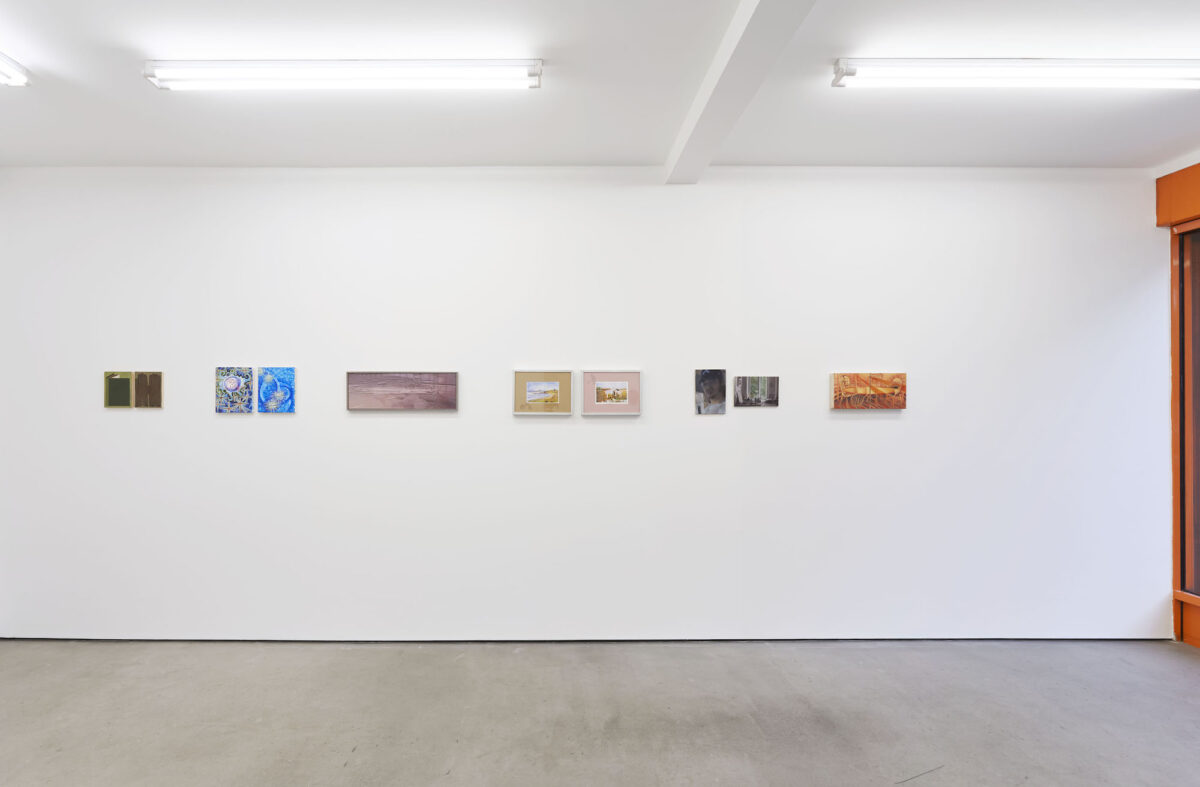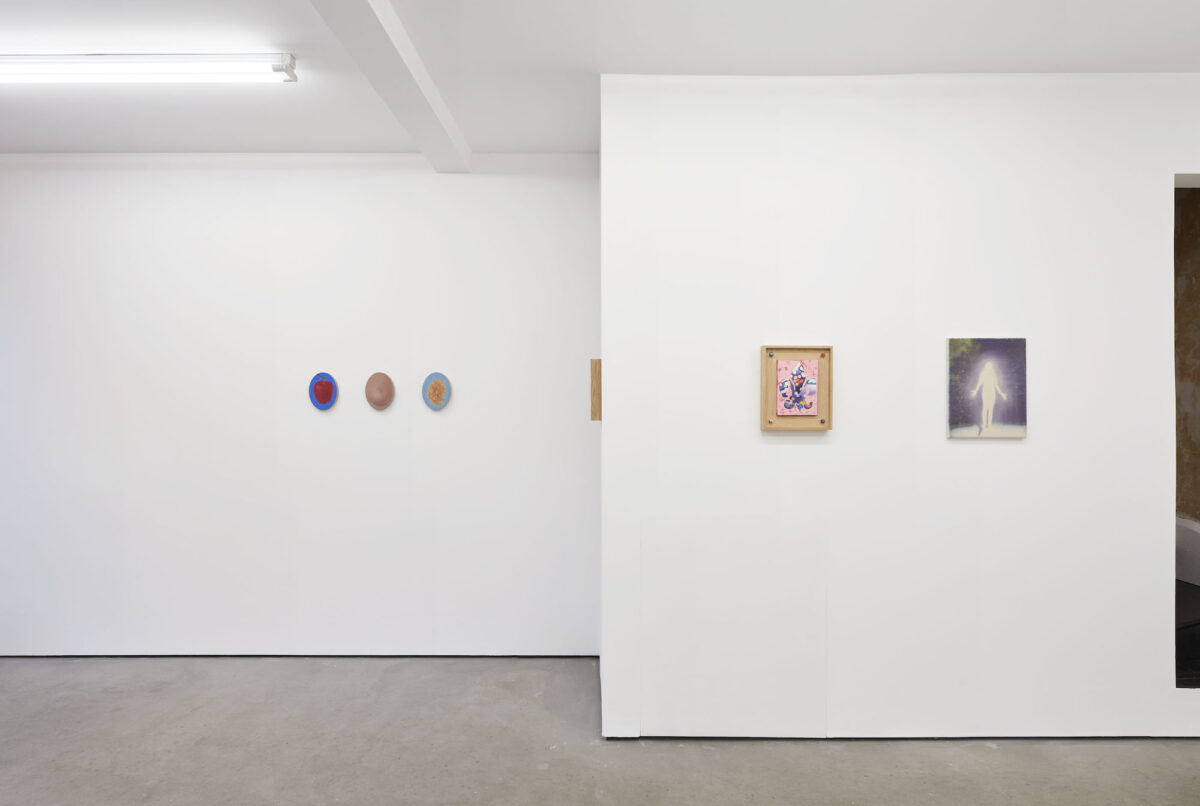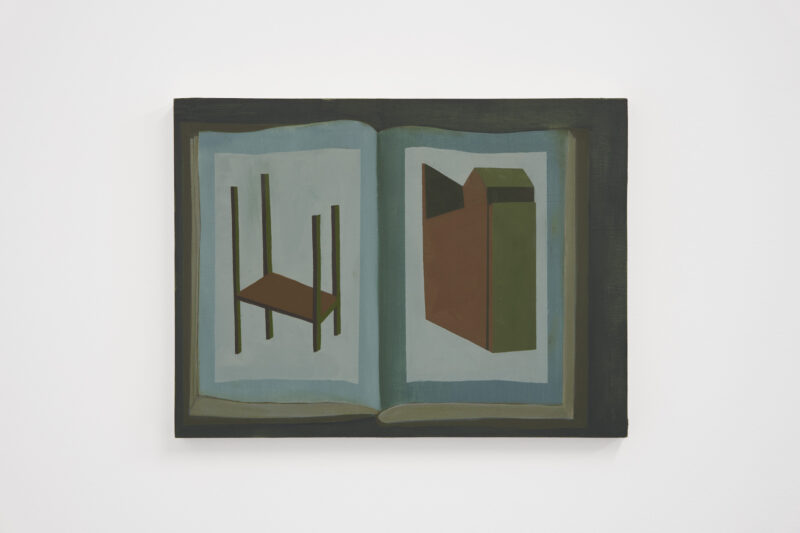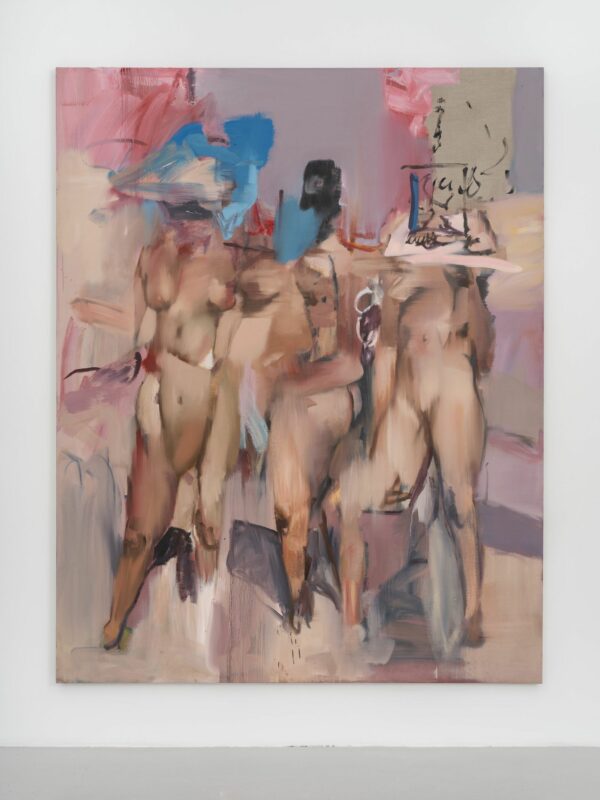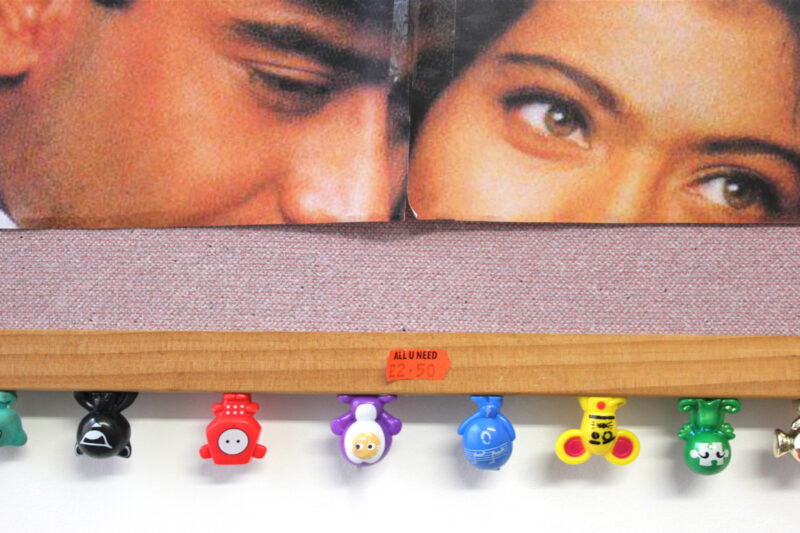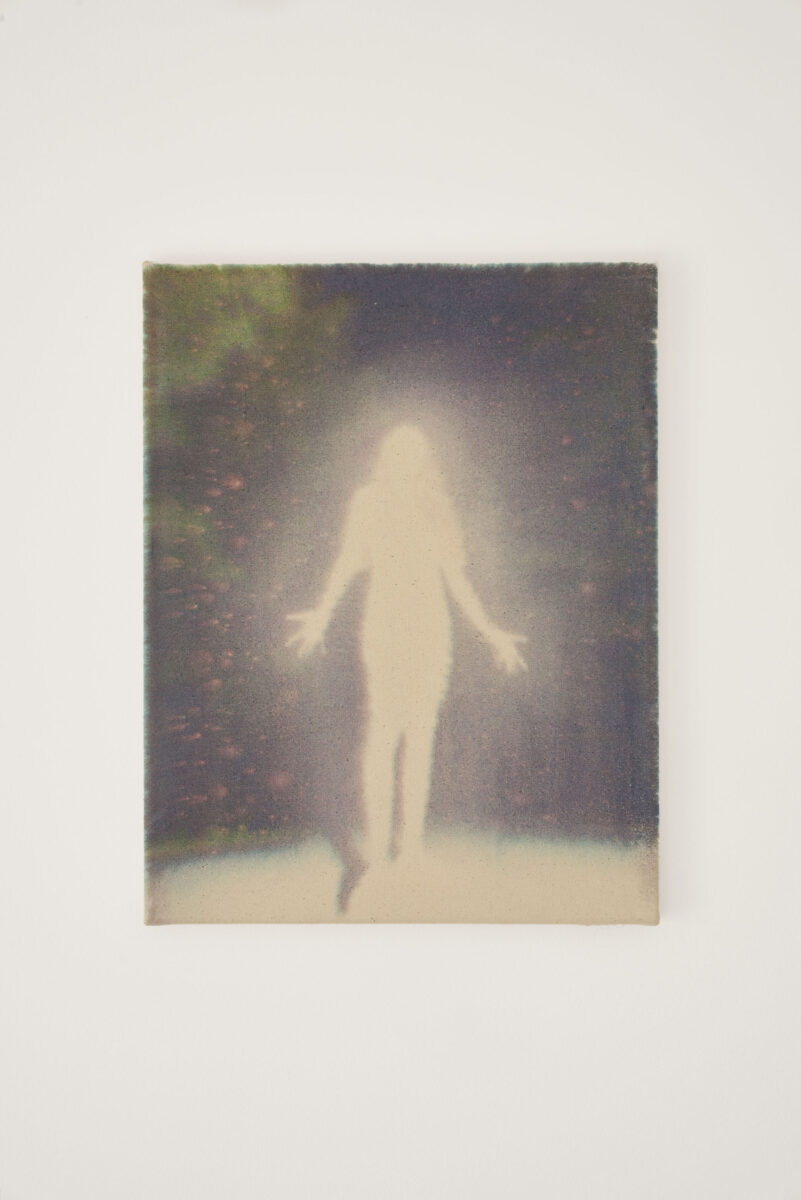
“Get your fucking ass up and work” is the mantra that has been echoing down the corridors of society for the last two centuries. As Sisyphus was condemned to roll a boulder up a hill, so we are condemned to hustle harder; buy more things; feel more empty. We have a ‘growth mindset’ problem. To peel back the layers of conspicuous consumption – McMansions, Rimowas, Moncler Pufers, big paintings – is to expose an open wound: capitalism’s perpetual need for more more more
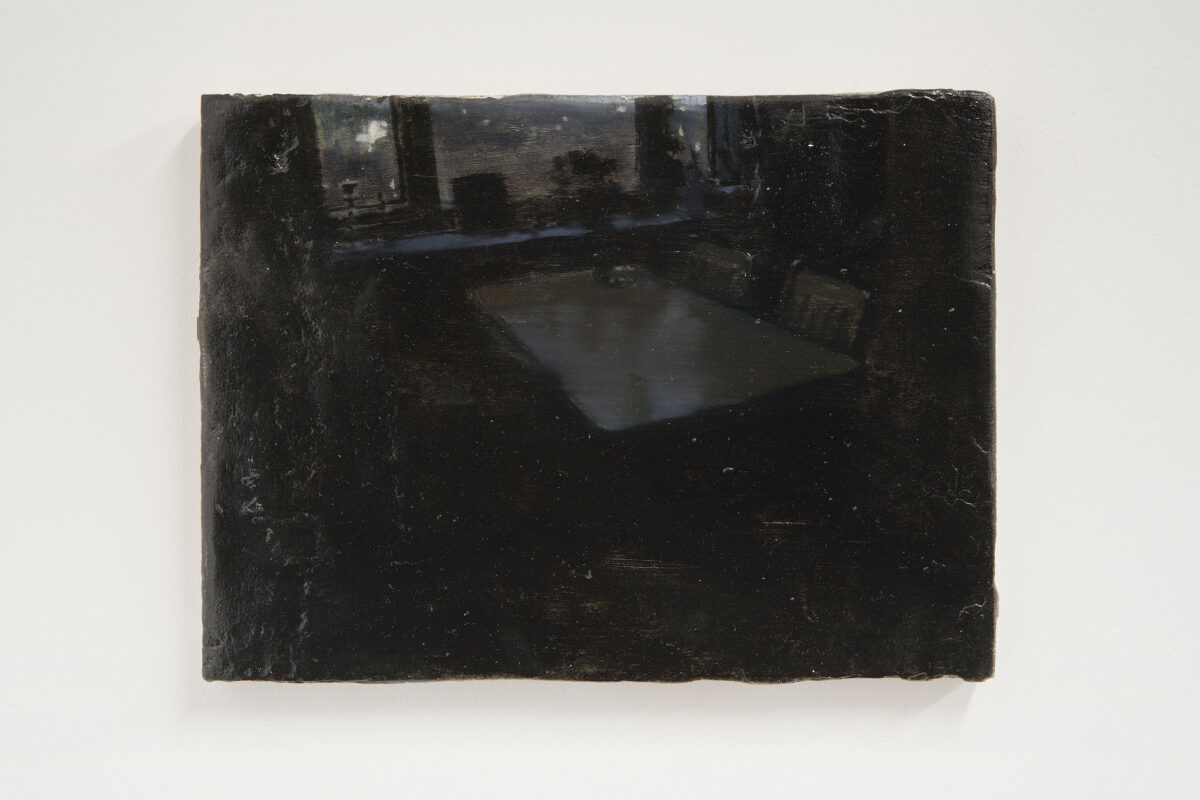
But what is ‘more’ and ‘bigger’? Without getting too John Berger-y, scale is an optical dimension that relates to our perspective. Changes in scale rock us ontologically: Gregor Samsa waking up a man one day and a cockroach the next is made significantly more horrifying by Kafka’s description of the insect’s size as “monstrous” ¹. Big paintings are big gestures; in the 70s Warhol was pissing on canvases to say something about a market still in awe of Abstract Expressionism.
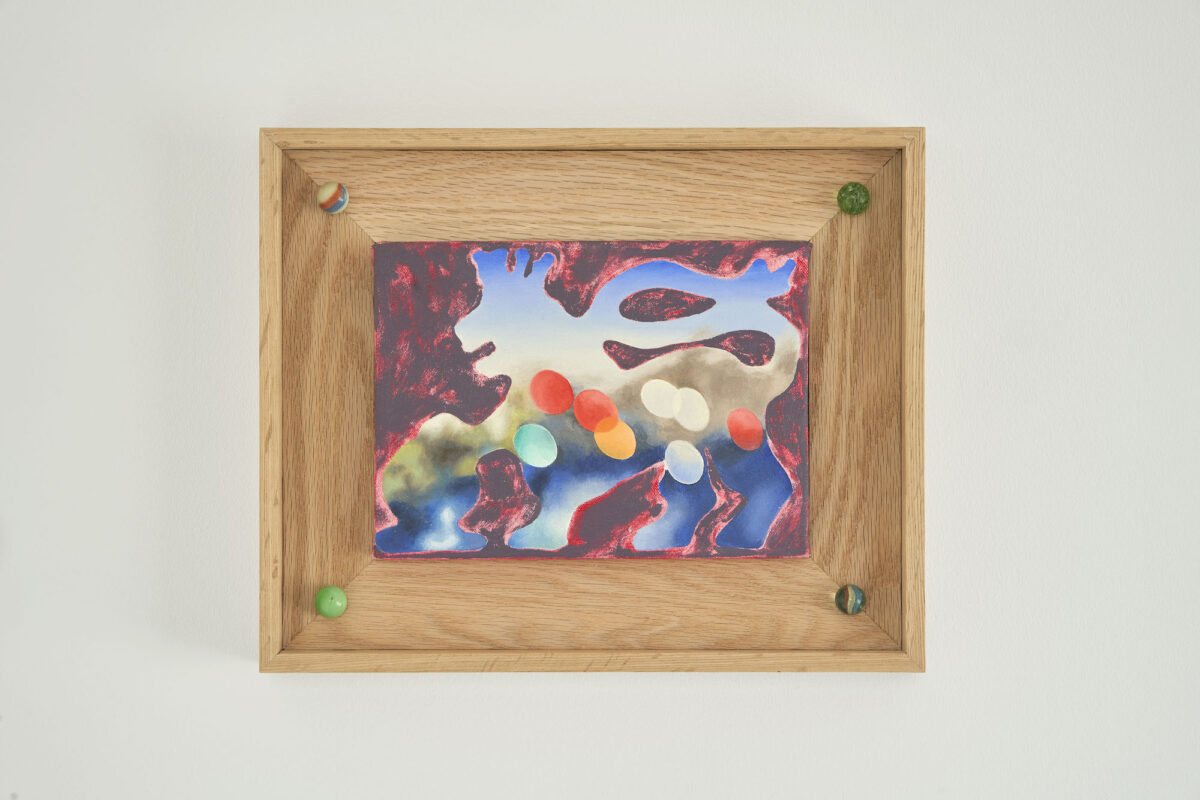
The thing about small paintings is the forced enclosure; a narrowing of the viewpoint which focuses the gaze, encouraging a closeness of looking. A small artwork is a talismanic object of desire, its format encouraging intimacy, and deep contemplation. However, in Europe, smaller paintings traditionally don’t command as much respect as larger ones. Dating back to the 17th & 18th centuries, this stems from such a thing as the ‘hierarchy of genres’, which subtly correlated to a hierarchy of scale. Allegorical history paintings were super chic – and these were big; landscapes were less cool, and therefore smaller.

The steady song of the small may well have been lost in late capitalism, but as our times become increasingly unprecedented and new drives emerge towards bringing the economy “back into balance with the living world”² the power of zooming in to zoom out has gained a foothold. ‘Degrowth’, and purposefully contracting engorged major economies, is a hot topic. Even retired Highsnobiety streetwear editor – that great Barometer of chic – Alec Leach proposes “a little less The Devil Wears Prada, a little more human being”³. As Economist Kate Raworth explains, “mainstream economics views endless economic growth as a must, but nothing in nature grows forever”?.
This subject has become a trope in literature and film, translating so well onto the big screen (itself a medium which encourages close-cropped contemplation) that films about shrinking humans have proliferated: from The Devil Doll (1936), to Honey I Shrunk the Kids (1989) and Downsizing (2017). Film’s obsession with the format reflects a wider preoccupation with scale: in her book The Miniaturists, Barbara Browning infers that these “contraction films”?contain a moralising message around ecological and economic sustainability.
Given the changing tide, perhaps the art market’s preference for big artworks is missing a trick? As your ex always said, ‘size doesn’t matter: it’s how you use it’; but as we’ve mentioned, it’s the act of close looking that’s really satisfying (although maybe that’s just us). Thinking in terms of our own limited perspectives risks missing the marriage between microcosm and macrocosm. As the protagonist of The Incredible Shrinking Man (1957), eventually shrunken to the size of a speck of dust, muses: “So close, the infinitesimal and the infinite; but suddenly I knew they were really the two ends of the same concept… My fears melted away, and in their place – acceptance… And then I meant something too! Yes,
smaller than the smallest, I meant something too. To God there is no zero. I still exist!”.
In 1977, Charles & Ray Eames released Powers of Ten, a short film which succinctly demonstrates the fluidity of scale. From a picnic in Chicago the camera zooms out – to a distance of 100 million lightyears in a few minutes, before catapulting back down to earth and into the atoms beneath the skin. The two extremes bear a striking visual resemblance. The narrator muses, with a Californian casualness, that the depths of our epidermis contain “a swarm of shimmering points… so massive and so small”?. What the Eames film so deftly shows is that by honing in on the little things, we’re able to see that we are connected to so much more. As Joni Mitchell (and Carl Sagan?) said, “we are stardust”.
Text Spittle @_spittle_
Exhibiting artists: Okiki Akinfe, Kate Burling, Anna Clegg, Matthew Clifton, Lucas Dupuy, Elliot Fox, Natalia González Martín, Lucy Neish, India Nielsen, Nina Silverberg and Sang Woo Kim
ALL THE SMALL THINGS, All The Small Things –16th December, SOUP
¹ Franz Kafka, The Metamorphosis and Other Stories (New York: Dover Publications, 1996).
² Jason Hickel, Less Is More (London: Windmill Books, 2021).
³ Alec Leach, The World Is On Fire But We’re Still Buying Shoes (Berlin: Casimir Books, 2021).
4 Kate Raworth, Doughnut Economics (London: Penguin Random House, 2017).
5 Barbara Browning, The Miniaturists (Durham: Duke University Press, 2022).
6 Charles and Ray Eames, Powers of Ten: A Film Dealing with the Relative Size of Things in the
Universe and the Efect of Adding Another Zero, 1977.
7 Carl Sagan, The Cosmic Connection: An Extraterrestrial Perspective (New York: Anchor Press/
Doubleday, 1973).
*Originally printed as part of ‘All The Small Things’, published by Soup Gallery x Foolscap
Editions to accompany the group exhibition ‘All The Small Things’.

